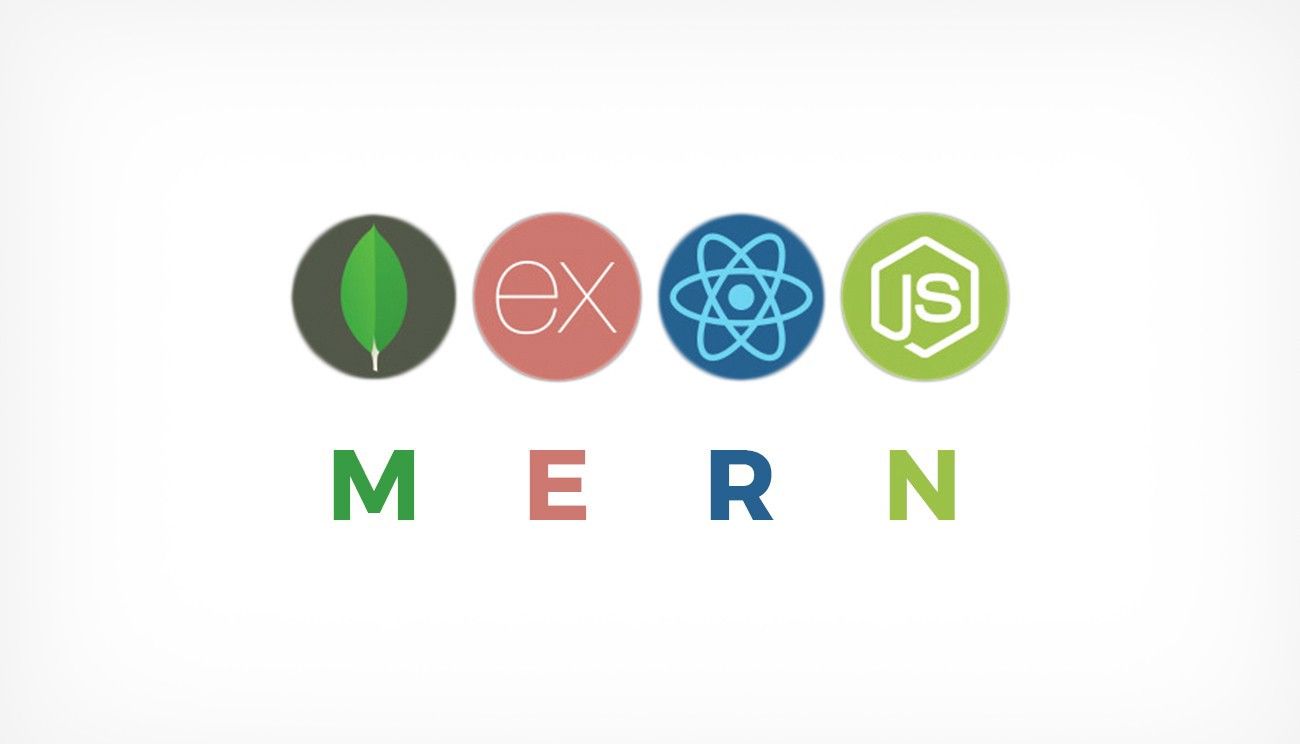Mern Projects and tips and tricks here..
The MERN stack is a popular web development technology stack that consists of four key technologies: MongoDB, Express.js, React.js, and Node.js. It is used for building dynamic web applications and websites that require real-time data updates and highly interactive user interfaces.
- MongoDB: MongoDB is a NoSQL database that stores data in JSON-like documents. It is highly scalable and can handle large amounts of data. MongoDB is used in MERN stack development to store data for web applications.
- Express.js: Express.js is a web application framework for Node.js. It provides a set of features for building web applications such as middleware, routing, and templates. Express.js is used in MERN stack development to create web APIs and handle server-side requests.
- React.js: React.js is a JavaScript library for building user interfaces. It allows developers to create reusable UI components that can be easily updated in real-time. React.js is used in MERN stack development to create highly interactive user interfaces for web applications.
- Node.js: Node.js is a JavaScript runtime environment that allows developers to run JavaScript on the server-side. It is used in MERN stack development to handle server-side logic and communicate with databases.
To build this web application using the MERN stack, we would use the following technologies:
- MongoDB: We would use MongoDB to store the articles submitted by users.
- Express.js: We would use Express.js to create a RESTful API that handles requests to create and retrieve articles from the database.
- React.js: We would use React.js to create the user interface for the web application. We would create a homepage that displays all articles and a form where users can submit new articles.
- Node.js: We would use Node.js to run the server-side logic for the web application. We would communicate with the MongoDB database using the MongoDB Node.js driver.
MERN stack e-commerce application with some code snippets to illustrate how the different technologies work together.
- MongoDB
Let’s define a schema for the products collection using Mongoose, a MongoDB object modeling tool for Node.js:
const mongoose = require('mongoose');
const productSchema = new mongoose.Schema({
name: { type: String, required: true },
description: { type: String, required: true },
price: { type: Number, required: true },
image: { type: String, required: true }
});
const Product = mongoose.model('Product', productSchema);
module.exports = Product;
This schema defines a product with a name, description, price, and image.
- Express.js
Let’s create a route that retrieves all products from the database:
const express = require('express');
const router = express.Router();
const Product = require('../models/product');
router.get('/products', async (req, res) => {
try {
const products = await Product.find();
res.json(products);
} catch (err) {
res.status(500).json({ message: err.message });
}
});
module.exports = router;
This route uses the Product model defined earlier to retrieve all products from the database and return them as JSON.
- React.js
Let’s create a component that displays all products:
import React, { useState, useEffect } from 'react';
import axios from 'axios';
function ProductList() {
const [products, setProducts] = useState([]);
useEffect(() => {
async function fetchData() {
const response = await axios.get('/api/products');
setProducts(response.data);
}
fetchData();
}, []);
return (
<div>
{products.map(product => (
<div key={product._id}>
<h2>{product.name}</h2>
<p>{product.description}</p>
<p>${product.price}</p>
<img src={product.image} alt={product.name} />
</div>
))}
</div>
);
}
export default ProductList;
This component uses the Axios library to fetch all products from the API and store them in state. It then maps over the products array to render a card for each product with its name, description, price, and image.
- Node.js
Let’s create a route that processes orders:
const express = require('express');
const router = express.Router();
const Order = require('../models/order');
router.post('/orders', async (req, res) => {
const { name, email, address, cart } = req.body;
try {
const order = new Order({
name,
email,
address,
cart
});
await order.save();
res.json(order);
} catch (err) {
res.status(500).json({ message: err.message });
}
});
module.exports = router;
This route accepts a POST request with information about a new order, including the user’s name, email, address, and cart contents. It then creates a new order in the database using the Order model and returns the order as JSON.
| Project | Mern Stack Project |
| 1. | Blog App Backend nodejs project scretch to Advance |

The use and way to study mern stack is clearly given here mern stack development
It is a very useful article it helps me to get a clear idea of mernstack